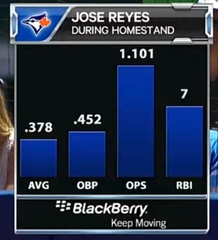Mathematics 8 Data and Probability
Specific Curriculum Outcomes
SP01 Students will be expected to critique ways in which data is presented.
SP02 Students will be expected to solve problems involving the probability of independent events.
SP01 Students will be expected to critique ways in which data is presented.
SP02 Students will be expected to solve problems involving the probability of independent events.
SP01 activities
- How to Spot a Misleading Graph a TED-Ed video from Lea Gaslowitz - When they’re used well, graphs can help us intuitively grasp complex data. But as visual software has enabled more usage of graphs throughout all media, it has also made them easier to use in a careless or dishonest way — and as it turns out, there are plenty of ways graphs can mislead and outright manipulate. Lea Gaslowitz shares some things to look out for in this short 4 minute TED-Ed video.
- How to Spot Visualization Lies from Flowing Data - It’s important to quickly decide if a graph is telling the truth. This a guide to help you spot the visualization lies.
|
- Shut up about the y-axis. It shouldn’t always start at Zero from Vox.com - Watch this video from vox.com about graphing axes. The truth is that you certainly can use truncated axes to deceive. But you can also use them to illuminate. In fact, you often have to mess with the y-axis in order to craft a useful image — especially because data sometimes reaches into negative territory and sometimes goes nowhere near zero. The right principle is that charts ought to show appropriate context.
- Playing Around with Data Routines Part 1 from Kassia Wedekind - Kassia describes a routine where she slowly reveals the numbers, legends and titles of a graph and asks students what they notice and wonder about the graph as she goes. It slows the thinking down and focuses on sense-making rather than answer-getting.
SP02 Activities
- Even or Odd? from Mark Chubb - A dice game for 2 players. Player one rolls 2 dice & multiplies them. Player two rolls 3 dice & adds them. Each player scores 1 point every time they get even number. Which player do you want to be: Player 1 or Player 2? Once you've made a prediction, play the game for a number of rounds (e.g. 20 or so) to see who wins. Look at the class data to see if there is a pattern.

